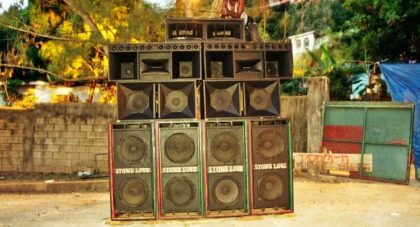Time for another edition of Aquarium Drunkard Book Club. This month, a folk memoir from Vashti Bunyan, the religious practices of Arthur Russell, a look at jazz in the 21st century, flop albums that emerged as eventual classics and more . . .
Only the good shit. Aquarium Drunkard is powered by its patrons. Keep the servers humming and help us continue doing it by pledging your support.
To continue reading, become a member or log in.


